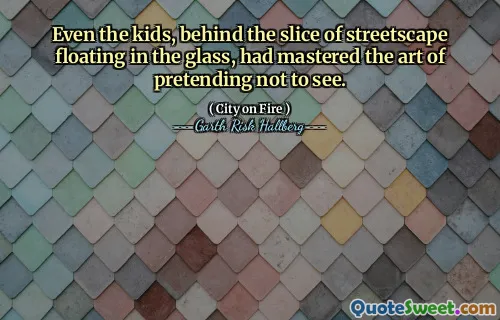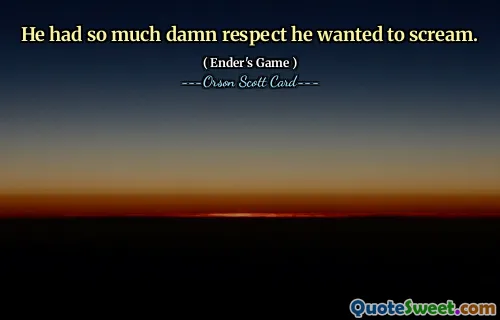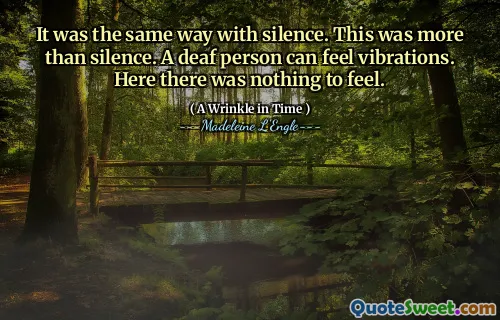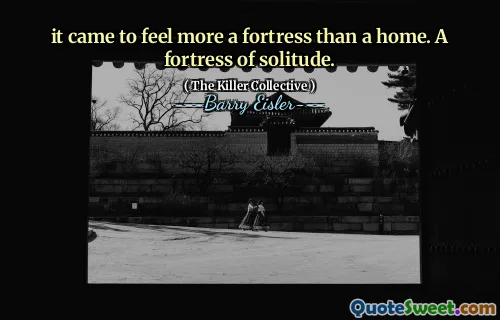
Even the kids, behind the slice of streetscape floating in the glass, had mastered the art of pretending not to see.
This quote from Garth Risk Hallberg's 'City on Fire' captures a subtle but powerful aspect of human behavior: the deliberate act of disengagement or selective blindness. The image of children, often symbols of innocence and curiosity, being enclosed behind a "slice of streetscape floating in the glass", evokes a sense of separation from reality or a barrier that isolates them from the visceral experiences outside. Mastering the "art of pretending not to see" suggests a learned behavior, perhaps indicating how people, even from a young age, adapt by ignoring certain uncomfortable truths or realities to protect themselves emotionally or psychologically. This detachment can be reflective of social environments where unpleasant sights or issues are normalized to the extent that acknowledging them is burdensome or futile.
Moreover, the glass can be interpreted metaphorically as a screen, a barrier between observer and the observed—something transparent yet distancing. It hints at modern life’s complexities where visible suffering or decay might be clear but detached from active involvement or empathy. The children’s role in this quote challenges the assumption that youth are naturally perceptive and engaged. Instead, it poses a poignant commentary on societal conditioning, or perhaps a loss of innocence, where visual contact does not necessarily translate into engagement or understanding.
Ultimately, the sentence provokes thought about the human tendency to shield oneself through selective indifference and how societal structures and environments may pressure or teach younger generations to suppress certain reactions for survival or conformity. It’s a haunting reminder that sight does not equal awareness or action, touching upon themes of alienation, urban life, and human psychology.



